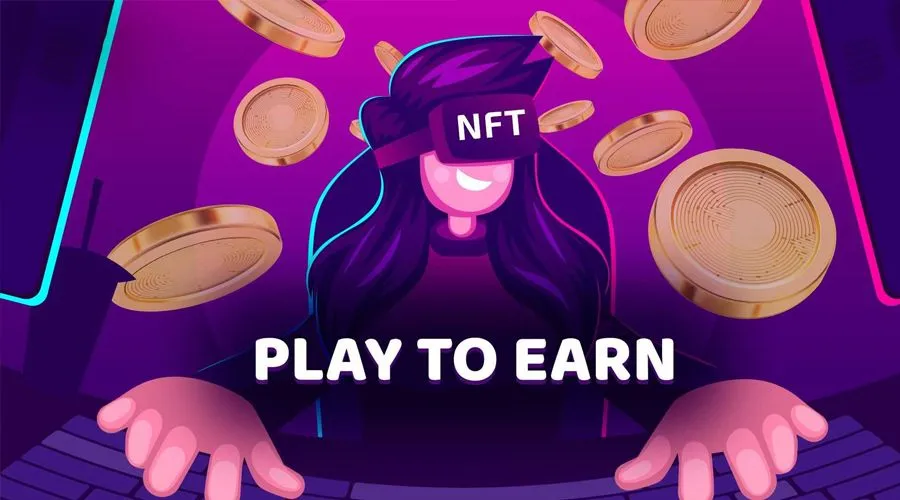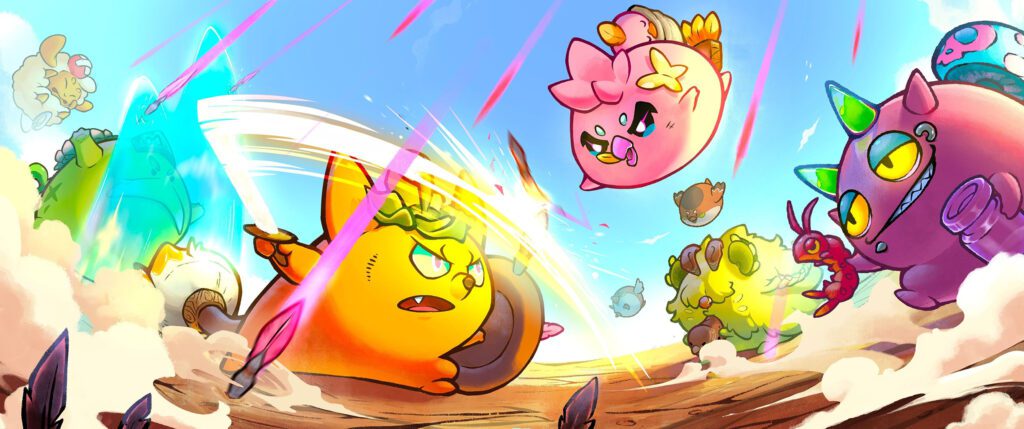In recent years, the intersection of gaming and finance has given rise to a burgeoning sector known as GameFi, which combines gaming mechanics with decentralized finance (DeFi) principles. GameFi has revolutionized the way players interact with games, allowing them to earn real-world value through play-to-earn (P2E) models. This article delves into the intricacies of designing P2E experiences within token economies, exploring the technical frameworks, economic models, and user engagement strategies that underpin successful GameFi projects.
Understanding GameFi and Play-to-Earn Mechanics
GameFi represents a paradigm shift in the gaming industry, where players can earn cryptocurrency or non-fungible tokens (NFTs) through gameplay. The P2E model incentivizes players to engage with the game, creating a symbiotic relationship between developers and users. According to a report by DappRadar, the GameFi sector generated over $1 billion in revenue in Q2 2021 alone, highlighting the immense potential of this market (DappRadar, 2021).

The Core Components of GameFi
At its core, GameFi consists of three primary components: gameplay mechanics, tokenomics, and community engagement. Each of these elements plays a crucial role in creating a sustainable and rewarding gaming experience.
Gameplay Mechanics
Gameplay mechanics are the foundation of any game, and in GameFi, they must be designed to facilitate earning opportunities. This can include quests, battles, and resource management systems that reward players with tokens or NFTs. For instance, in the popular game Axie Infinity, players breed, battle, and trade digital pets called Axies, earning Smooth Love Potion (SLP) tokens as they progress. The game’s mechanics encourage continuous engagement, as players seek to optimize their strategies for maximum rewards.
Tokenomics
Tokenomics refers to the economic model that governs the distribution, utility, and value of tokens within the game. A well-designed tokenomics model ensures that the in-game economy remains balanced and sustainable. This involves careful consideration of factors such as token supply, inflation rates, and utility. For example, in the game The Sandbox, players can create, own, and monetize their gaming experiences using the SAND token. The tokenomics of The Sandbox incentivizes creators to develop high-quality content, thereby enriching the overall ecosystem.
Community Engagement
Community engagement is vital for the success of any GameFi project. Developers must foster a sense of belonging and ownership among players, encouraging them to participate actively in the game’s development and governance. Decentralized Autonomous Organizations (DAOs) are increasingly being used to empower players, allowing them to vote on game updates and changes. For instance, the community-driven game Illuvium has implemented a DAO structure, enabling players to influence the direction of the game while also earning rewards for their participation.
Designing Token Economies for GameFi
Designing a token economy for a GameFi project requires a deep understanding of economic principles and player behavior. Developers must consider various factors, including the initial token distribution, reward mechanisms, and the long-term sustainability of the economy.
Initial Token Distribution
The initial distribution of tokens is a critical factor that can influence the success of a GameFi project. Developers often conduct Initial DEX Offerings (IDOs) or airdrops to distribute tokens to early adopters. For example, the game Star Atlas conducted an IDO that raised over $1 million in just a few hours, demonstrating the demand for well-structured token offerings (Star Atlas, 2021). However, it is essential to ensure that the distribution is equitable to prevent centralization and promote a healthy player base.
Reward Mechanisms
Reward mechanisms are integral to the P2E model, as they directly impact player motivation and engagement. Developers can implement various reward structures, such as daily login bonuses, achievement rewards, and competitive leaderboards. A study by the University of Cambridge found that players are more likely to engage with games that offer tangible rewards, such as cryptocurrency or NFTs (University of Cambridge, 2022). Therefore, it is crucial to design reward mechanisms that align with player motivations and encourage long-term participation.
Long-Term Sustainability
Ensuring the long-term sustainability of a GameFi project requires careful planning and ongoing adjustments to the token economy. Developers must monitor key performance indicators (KPIs) such as player retention rates, token circulation, and market demand. For instance, the game CryptoBlades faced challenges with inflation due to excessive token issuance, leading to a decline in player engagement. In response, the developers implemented measures to reduce token supply and increase utility, ultimately stabilizing the economy (CryptoBlades, 2021).
Real-World Examples of Successful GameFi Projects
Several GameFi projects have successfully implemented P2E mechanics and token economies, serving as case studies for aspiring developers.
Axie Infinity
Axie Infinity is one of the most successful GameFi projects to date, boasting over 2.5 million daily active users as of September 2021 (Axie Infinity, 2021). The game’s unique blend of gameplay mechanics, robust tokenomics, and community engagement has created a thriving ecosystem. Players can earn SLP tokens through battles and quests, which can be traded on various exchanges. The game’s success has inspired numerous clones and competitors, highlighting the demand for P2E experiences.

Game mechanics, tokenomics, and community drive the success of Axie Infinity.
The Sandbox
The Sandbox has emerged as a leading platform for user-generated content, allowing players to create, own, and monetize their gaming experiences. The SAND token serves as the primary currency within the ecosystem, enabling transactions and governance. The Sandbox has attracted partnerships with major brands, including Atari and Square Enix, further solidifying its position in the GameFi landscape (The Sandbox, 2021).
Illuvium
Illuvium is an open-world RPG that combines exploration, creature collection, and P2E mechanics. The game’s DAO structure empowers players to influence its development, fostering a strong sense of community. Illuvium’s innovative approach to tokenomics, including staking and yield farming, has garnered significant attention and investment, positioning it as a promising contender in the GameFi space (Illuvium, 2021).
Key Takeaways
Designing successful P2E experiences within token economies requires a multifaceted approach that encompasses gameplay mechanics, tokenomics, and community engagement. Developers must prioritize player motivations and ensure that reward mechanisms align with long-term sustainability. By studying successful GameFi projects like Axie Infinity, The Sandbox, and Illuvium, developers can glean valuable insights into creating engaging and rewarding gaming experiences.
In conclusion, the GameFi sector presents a unique opportunity for game developers to innovate and create value-driven experiences for players. As the industry continues to evolve, understanding the technical and economic principles behind P2E models will be essential for success in this dynamic landscape.

